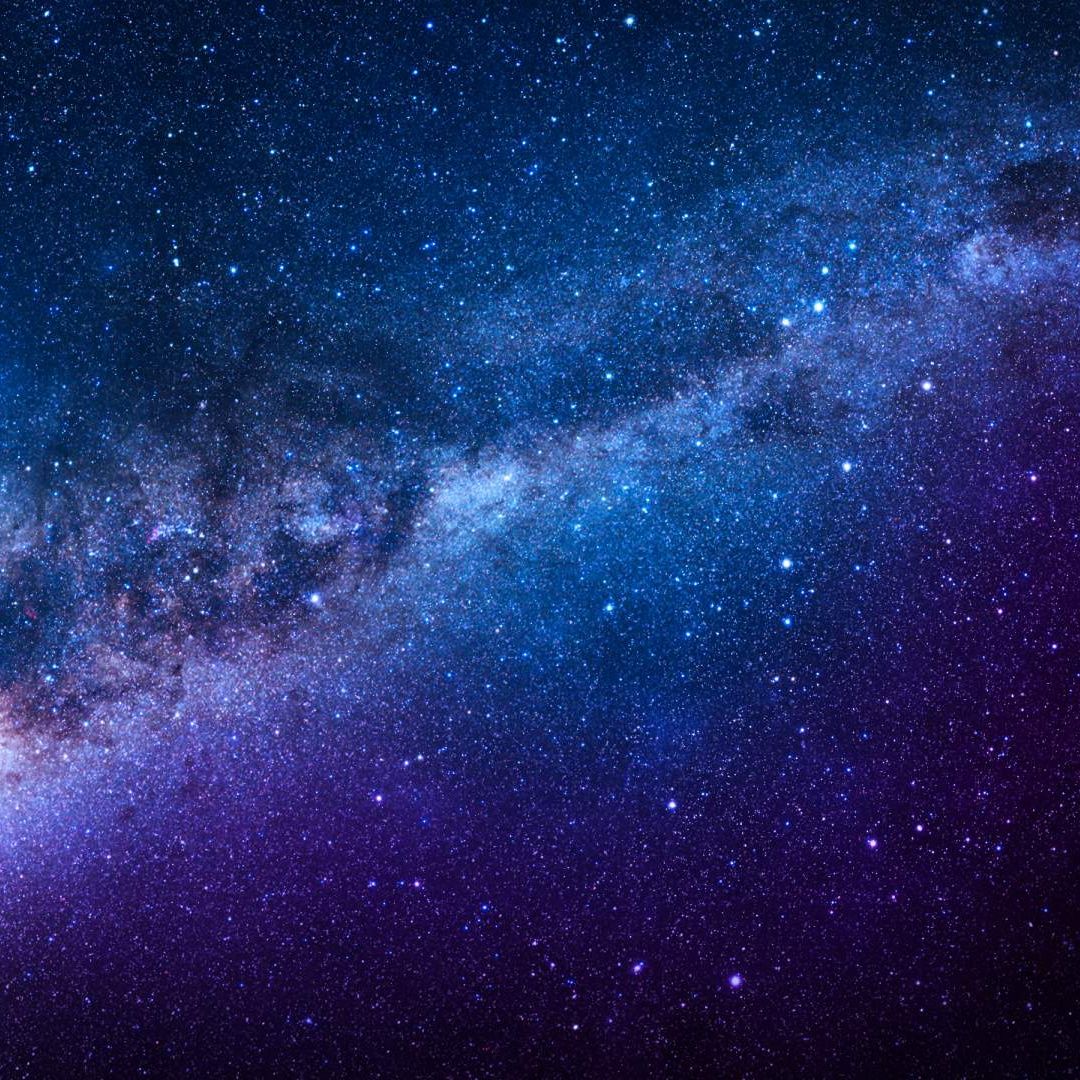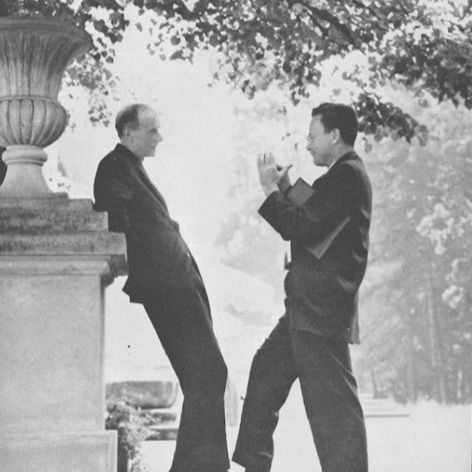What is Evolution?
 Pinterest
Pinterest
- Blog Yazısı
Evolution is the variation of gene and trait distributions within a population over generations. Each step in this definition is indispensable:
- Population: In evolution, it is populations that change, not individuals. In other words, individuals (for instance you or your dog individually) have never evolved, and never will. Individuals do not evolve; they develop (the branch of science that studies this is developmental biology). However, populations formed by all individuals of a species will have different distributions of traits in each generation compared to the previous generation. That's what evolution is and it's studied by a branch of science called evolutionary biology. Changing populations is not "development".
- Gene and trait distribution: In evolution, one species does not necessarily evolve into another. What changes in evolution is the distribution of genes or traits in populations. For instance, if the frequency of genes related to stature in a population has increased from 5% to 7% from one generation to the next, that population has evolved. Speciation is an inevitable consequence of evolution; but speciation is not necessary for evolution.
- Change in generation: To talk about evolutionary change, at least one generation must pass. No change in an individual's lifetime (generation) is evolutionary. The changes we go through in our lifetime are called "development". Evolutionary biology and developmental biology are two different fields of biology.
There are several elements that this definition excludes and does not take into account. Emphasizing these elements will further clarify the concepts of evolution:
- Life: In the modern definitions of evolution, life is not always emphasized in particular; because if there is a population consisting of individuals with certain characteristics and the characteristics that define individuals of that population are qualified to be passed on to the next generation, those individuals can evolve, although they cannot be described as "alive" in the traditional sense. For examples, viruses are not alive; but the can evolve. For example, even individuals completely simulated in a computer environment, although they are not alive, they can evolve and produce more successful products through evolutionary change than human engineering has been able to produce. In addition to these, evolutionary changes are also used in other branches of science that are not always directly related to life, such as "cultural evolution", "chemical evolution", "geological evolution", "astroevolution".
- Speciation and Macroevolution: Sometimes evolution is briefly described as "the transformation of one species into another". However, this is not the definition of evolution, but the result. Although defining the formation process of the lake as "the filling of a pit with water" gives an idea of the process, it does not explain how this work of filling with water took place. The process is better defined by the fact that the water drops flowing down from the region where the lake will be formed gradually accumulate in this pit and fill the pit. Similarly, the variation of gene and trait distributions within the population over generations creates new species by accumulating in the long term and under different environmental conditions. But again, as we said before, it's the result of evolution; not the definition. Microevolution (or evolution) will eventually cause macroevolution when given enough time. Many a little makes a mickle. In this regard, evolution is the change in genotype (genes), usually in the short term, and in the phenotype (physical characteristics), usually in the long term, due to these gene changes.
- Fossils and Transitional Species: The definition of evolution is made through genes; not through fossils or transitional species. Although fossils provide indisputable evidence of macroevolution, we do not need fossils to determine the evolutionary process. Even if we had no fossils, we would still be able to prove evolutionary change based only on our observations of nature, genetic data, and the field of mathematical evolution.
Useful Videos
Here are some videos on these topics we think might be helpful.
- 1
- 0
- 0
- 0
- 0
- 0
- 0
- 0
- 0
- 0
- 0
- 0
- B. K. Hall. (2007). Strickberger's Evolution. ISBN: 9780763700669. Yayınevi: Jones & Bartlett Publishers.
- J. Cracraft. (2004). Assembling The Tree Of Life. ISBN: 9780195172348. Yayınevi: Oxford University Press, USA.
Evrim Ağacı'na her ay sadece 1 kahve ısmarlayarak destek olmak ister misiniz?
Şu iki siteden birini kullanarak şimdi destek olabilirsiniz:
kreosus.com/evrimagaci | patreon.com/evrimagaci
Çıktı Bilgisi: Bu sayfa, Evrim Ağacı yazdırma aracı kullanılarak 02/12/2025 16:37:41 tarihinde oluşturulmuştur. Evrim Ağacı'ndaki içeriklerin tamamı, birden fazla editör tarafından, durmaksızın elden geçirilmekte, güncellenmekte ve geliştirilmektedir. Dolayısıyla bu çıktının alındığı tarihten sonra yapılan güncellemeleri görmek ve bu içeriğin en güncel halini okumak için lütfen şu adrese gidiniz: https://evrimagaci.org/s/11581
İçerik Kullanım İzinleri: Evrim Ağacı'ndaki yazılı içerikler orijinallerine hiçbir şekilde dokunulmadığı müddetçe izin alınmaksızın paylaşılabilir, kopyalanabilir, yapıştırılabilir, çoğaltılabilir, basılabilir, dağıtılabilir, yayılabilir, alıntılanabilir. Ancak bu içeriklerin hiçbiri izin alınmaksızın değiştirilemez ve değiştirilmiş halleri Evrim Ağacı'na aitmiş gibi sunulamaz. Benzer şekilde, içeriklerin hiçbiri, söz konusu içeriğin açıkça belirtilmiş yazarlarından ve Evrim Ağacı'ndan başkasına aitmiş gibi sunulamaz. Bu sayfa izin alınmaksızın düzenlenemez, Evrim Ağacı logosu, yazar/editör bilgileri ve içeriğin diğer kısımları izin alınmaksızın değiştirilemez veya kaldırılamaz.








